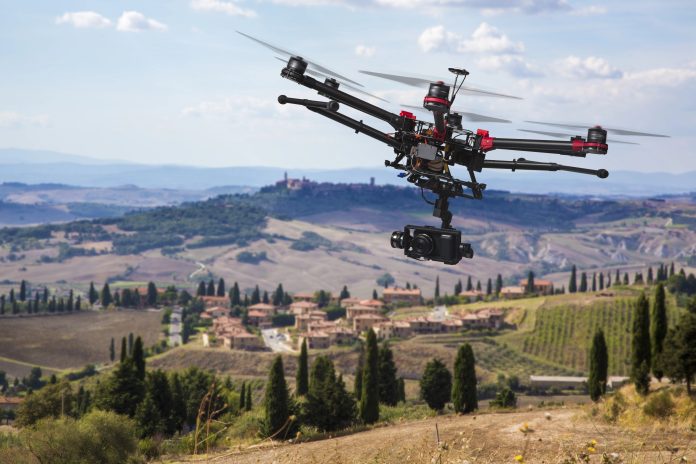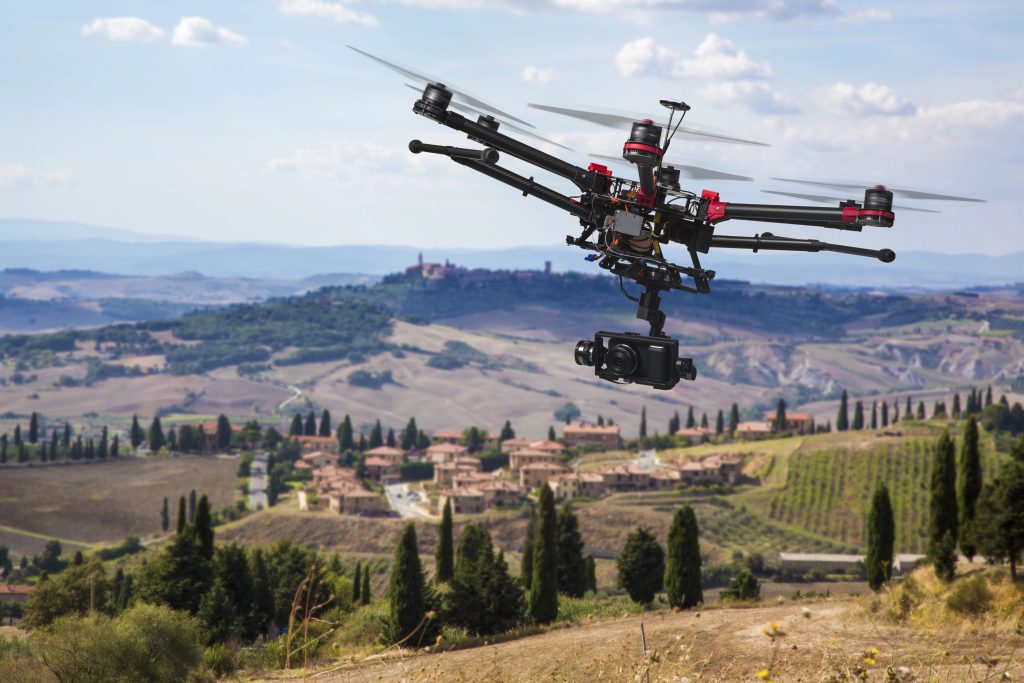
What if a device assembled by weekend enthusiasts could cripple a warship designed to control seas? On August 28, 2025, Ukraine showed it could. A $400 first-person-view (FPV) drone hit a Russian Buyan-M-class missile corvette over 350 kilometers from where it was launched, blinding its radar and pushing it out of patrol. The act was not only tactically successful it was also a stark illustration of the way low-cost, flexible technology can overturn centuries of naval doctrine.
This was not an isolated occurrence. It was the culmination of years of Ukraine improvising in the Black Sea, where drones have sunk or destroyed a third of the Russian fleet, pushed Russian ships out of critical waters, and reopened grain routes previously believed to be lost. Based on battlefield reports, defense analysis, and expert commentary, here are nine aspects of that transformation and why they matter far beyond Ukraine.
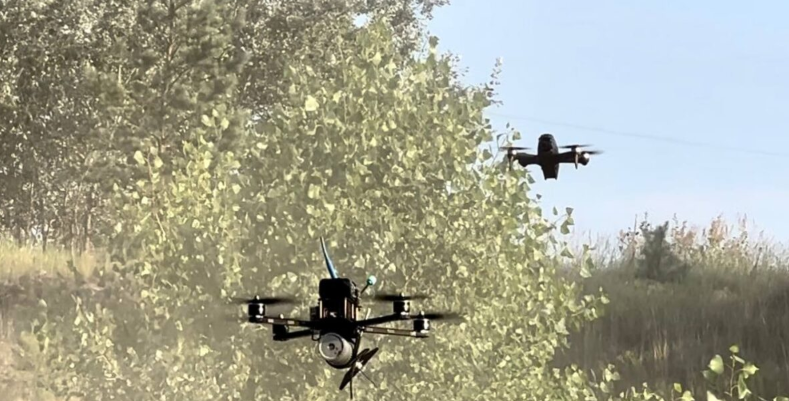
1. The Historic 350-Kilometer FPV Strike
The August 28 mission was the first confirmed FPV drone attack on a warship of this type anywhere in the world. Ukrainian special operations troops and military intelligence sent the drone towards the Azov Sea’s Temryuk Bay, where the corvette equipped with eight Kalibr cruise missiles was operating. Video depicted the ship evading maneuvering, but its AK-630M2 Duet close-in weapon system never opened fire. Commentators believe the MR-352 Positiv radar was disabled prior to the impact, making the ship essentially blind. Repairing such a radar is a time-consuming task, highlighting the vulnerability of even advanced naval warships to small, accurate threats.
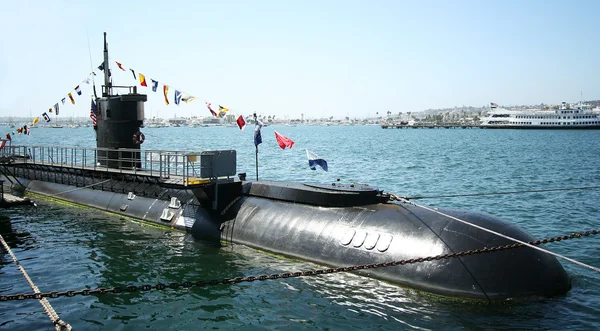
2. A Fleet in Retreat
Since 2022, Ukraine has sunk or badly damaged around 30 Russian ships and submarines. One-third of the Black Sea Fleet, they are. Britain’s defence ministry estimated the fleet as “functionally inactive” by early 2024. Big. Ships have been moved east to Novorossiysk, giving up control of the western Black Sea. This withdrawal has strategic implications: missile ships now operate from more. Safe waters, reducing their capacity to menace Ukraine’s coast or interdict shipping routes.
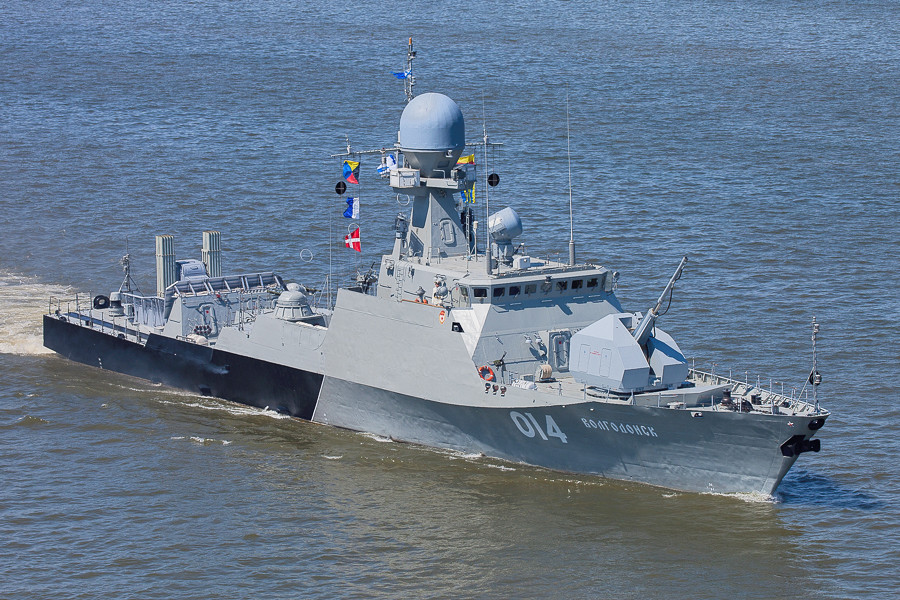
3. The Economics of Asymmetry
The difference in cost is dramatic. A Buyan-M corvette is estimated to cost $215 million to replace, while the FPV drone that knocked it out cost a few hundred dollars. In the words of one NATO official, “This is a stark warning that warfare has changed.” It means Ukraine can afford to lose drones and still cause disproportionate financial and operational harm an inversion of the classic cost-benefit curve in naval warfare.
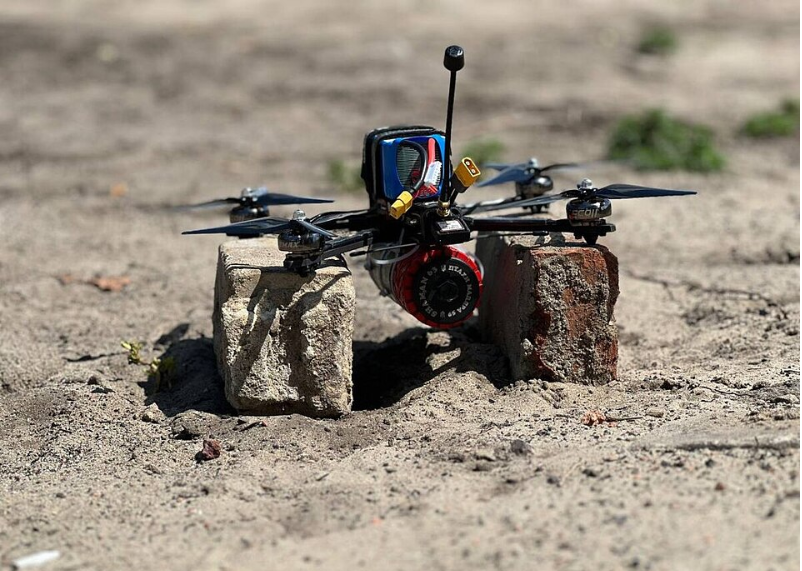
4. Fiber-Optic Drones and the Race to Catch Up
Ukraine and Russia now use fiber-optic–connected FPV drones, which are also immune to radio jamming and virtually invisible to traditional electronic warfare. Ukrainian pilots state a 50% chance to hit with good systems, though availability restricts its use to below 5% of all drones. Russia, with Chinese suppliers, has more range and numbers, compelling Ukraine to evolve further. These systems have already been seen in conflict as far afield as Mali and Myanmar, indicating their worldwide spread.
5. Integration of Multi-Domain Effects
Ukraine’s most effective naval attacks have combined unmanned surface craft (USVs) and aerial drones with electronic deception, cyber spoofing, and missile attacks. U.S. Naval Forces Europe Rear Admiral Mike Mattis called this creating a “dilemma cascade” that overwhelms the defenses. In several instances, USVs have been equipped with air-to-air missiles to ambush helicopters dispatched to intercept them, blunting Russia’s aerial superiority over the Black Sea.
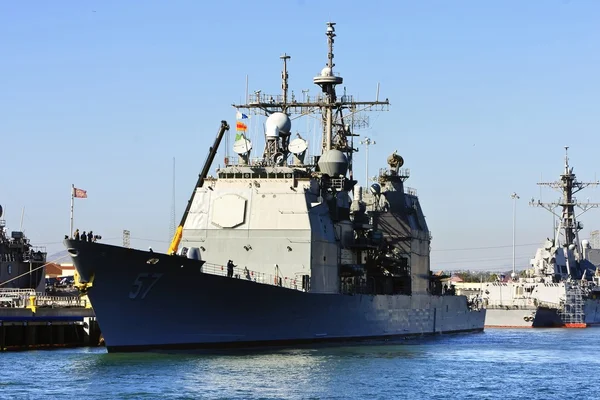
6. Failure of Conventional Ship Defence
Buyan-M’s failure to engage the approaching FPV drone points to a wider problem. Close-range weapon systems like the AK-630M2 are intended for larger, higher-speed targets like cruise missiles or aircraft. Low-flying, small drones have minimal radar cross-sections and can take advantage of blind spots in fire control. As CSIS analysts caution, navies might have to make port defenses harder and re-think engagement procedures to counter this “back to the future” threat of WWII-era port raids.

7. Cultural Shift: Gamifying the Fight
In Ukrainian drone squads, attacks are monitored on computerized leaderboards, sparking competition between operators. “People assume flying a military drone is similar to playing ‘Call of Duty,’ until they learn there is no restart button,” a member of the Typhoon unit explained. This gamification combines civilian gaming culture with deadly accuracy, enlisting young, technology-honed recruits and speeding up tactical learning cycles.

8. Global Implications and NATO’s Learning Curve
Ukraine’s achievements have attracted keen attention from NATO strategists. The UK and Latvia co-chair a 20-country coalition committing €2.75 billion for drone assistance. Ukrainian leaders have proposed to train NATO soldiers in counter-drone warfare, indicating that “there are no more safe waters” in disputed seas. Taiwan’s new Endeavor Manta USV, which is meant for swarm attacks in the Taiwan Strait, is indicative of direct inspiration from Ukraine’s naval campaign.

9. The Future: AI, Autonomy, and Swarming
Ukraine is already applying artificial intelligence to target recognition and sea drone missile guidance. Platforms such as the UK-developed Kraken3, using Ukrainian designs, guarantee GPS-independent navigation and autonomous swarming. With more than 2 million combat drone hours of footage running machine learning algorithms, Ukraine is developing an AI-capable doctrine that will shape naval warfare in the next decade.
The August 28 strike was more than a record-breaking shot it was a warning that the balance of cost, capability, and control at sea is changing. From fiber-optic guidance to AI-enabled swarms, Ukraine’s advances are confronting navies with threats their doctrines never imagined. In this new world, agility and integration might be more important than tonnage or budget price, and the world’s fleets will have to learn to adapt or risk being outmaneuvered by the next $400 disruptor.
